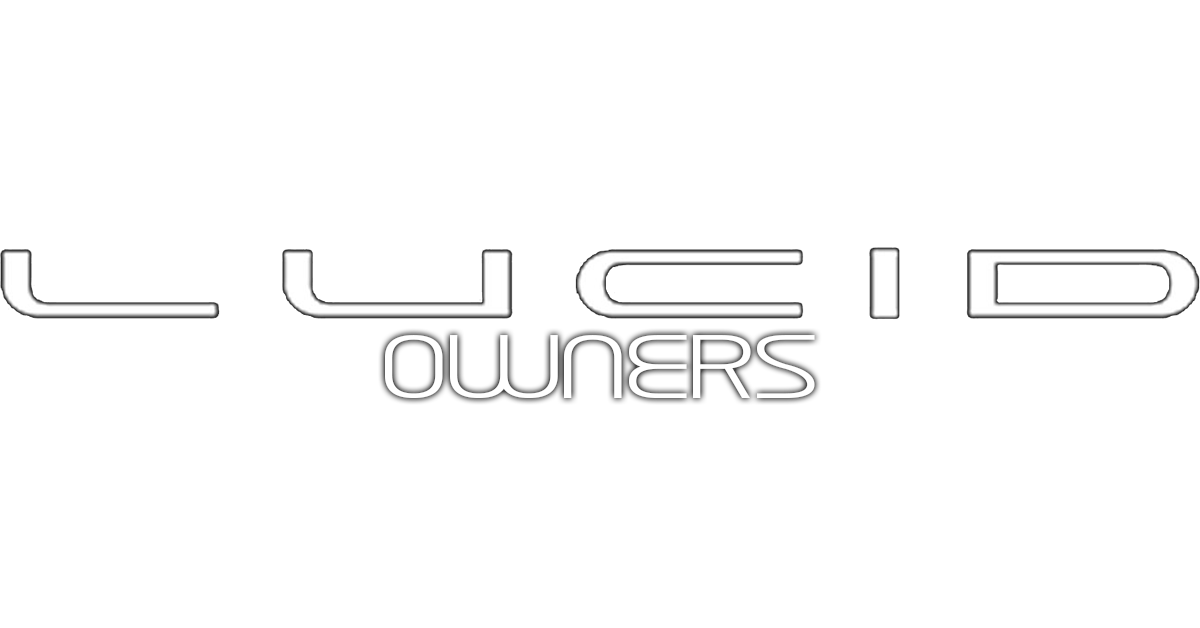My experience isn't quite the same since my Model S is older and my Lucid's a GT, and for people whose top concern is 0-60, there's nothing wrong with that if it's what you are into. But if it's not your top concern, the GT will be more than enough to blow you away. Tesla has made a lot of software improvements over the years, but in terms of overall design, making it quicker wasn't enough of a draw for me to want to upgrade my Model S.
I took the Lucid test drive after showing up in my Model S, which was my daily drive. Getting back into the Model S after the test drive was a bit of a let down, but the S is still a nice car.
One thing that wasn't covered was ADAS. Tesla's does a lot more overall, but what Lucid does, it does well. It took Tesla years of improvement and refinement. Lucid has improved DreamDrive in recent updates and aside from the lack of lane changes, it does what's most important to me. But I've also gotten used to the idea of not having to reengage lane centering if I deviate from what the car does, and Tesla falls short in that respect. If neither required touching the wheel, it wouldn't be an issue. But with Lucid, as of the latest software, I'm not likely to bounce around in the lane from putting too much pressure on the wheel, as was the case with Tesla, but I also have no danger of disengaging autosteer by mistake.
Lucid still has lots of little things that are on the wish list, and the drop down for Homelink is one of them, but it took Tesla eight years to get it right. Lucid definitely fell short on that for now.
I'd say that the video is fair overall. I haven't had an issue with the seat not going low enough for my taste. The problem I have is that if the seat is down, and the car moves it back and tilts the steering wheel to let me out, then the car won't recognize my face when I get back in. Lucid could probably fix it easily by tilting the steering wheel down initially, but for now, moving the seat up a bit made that workable for me.

